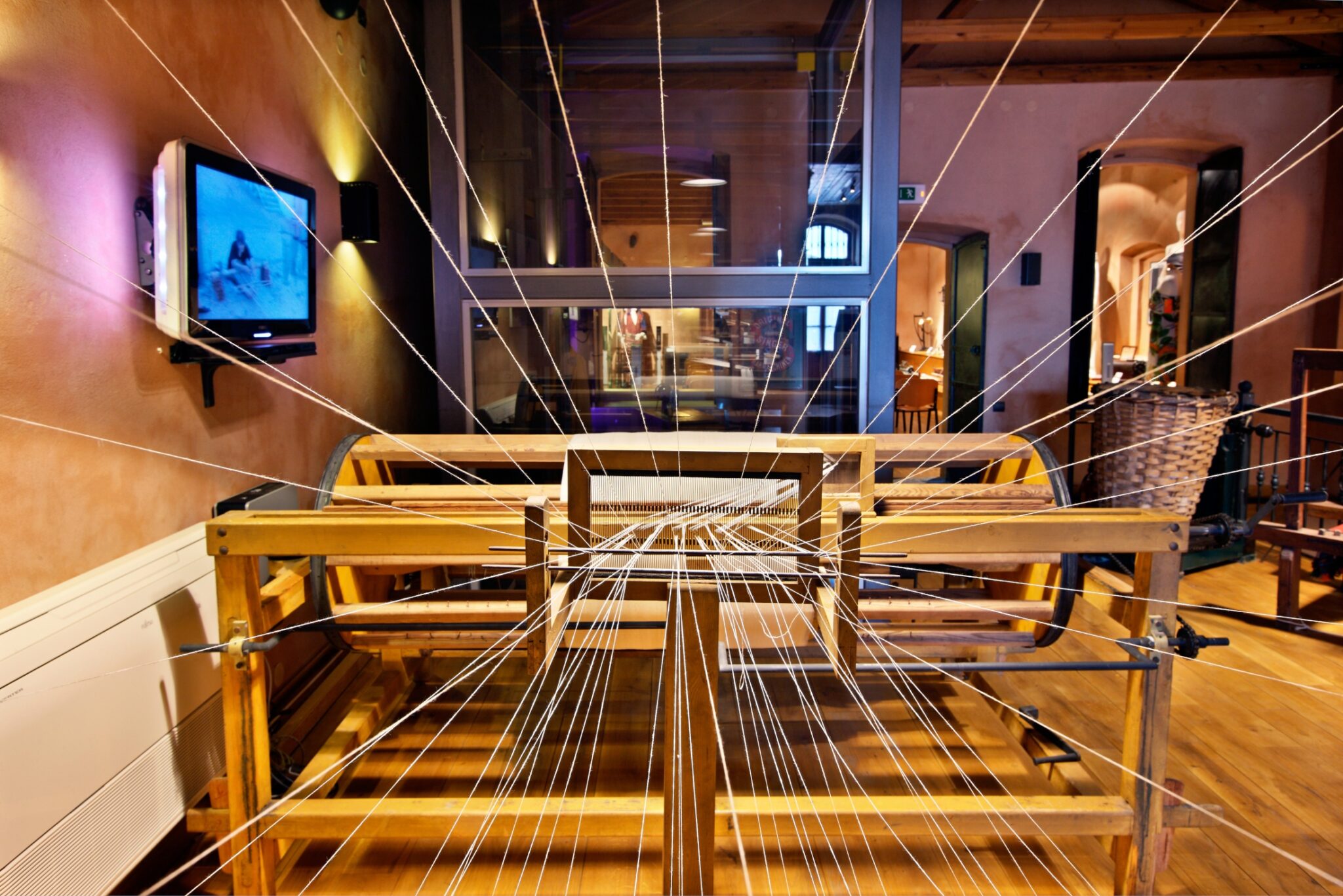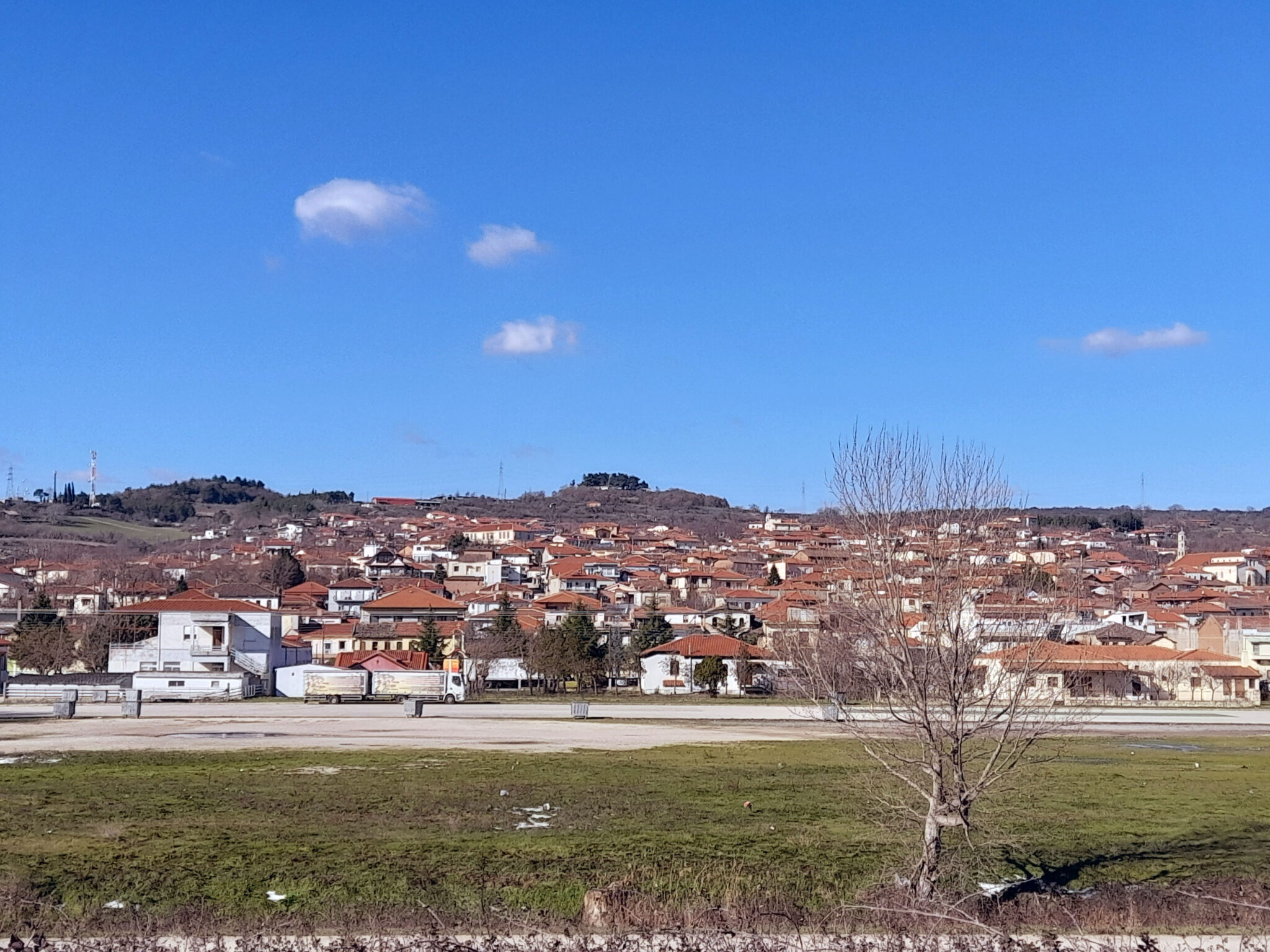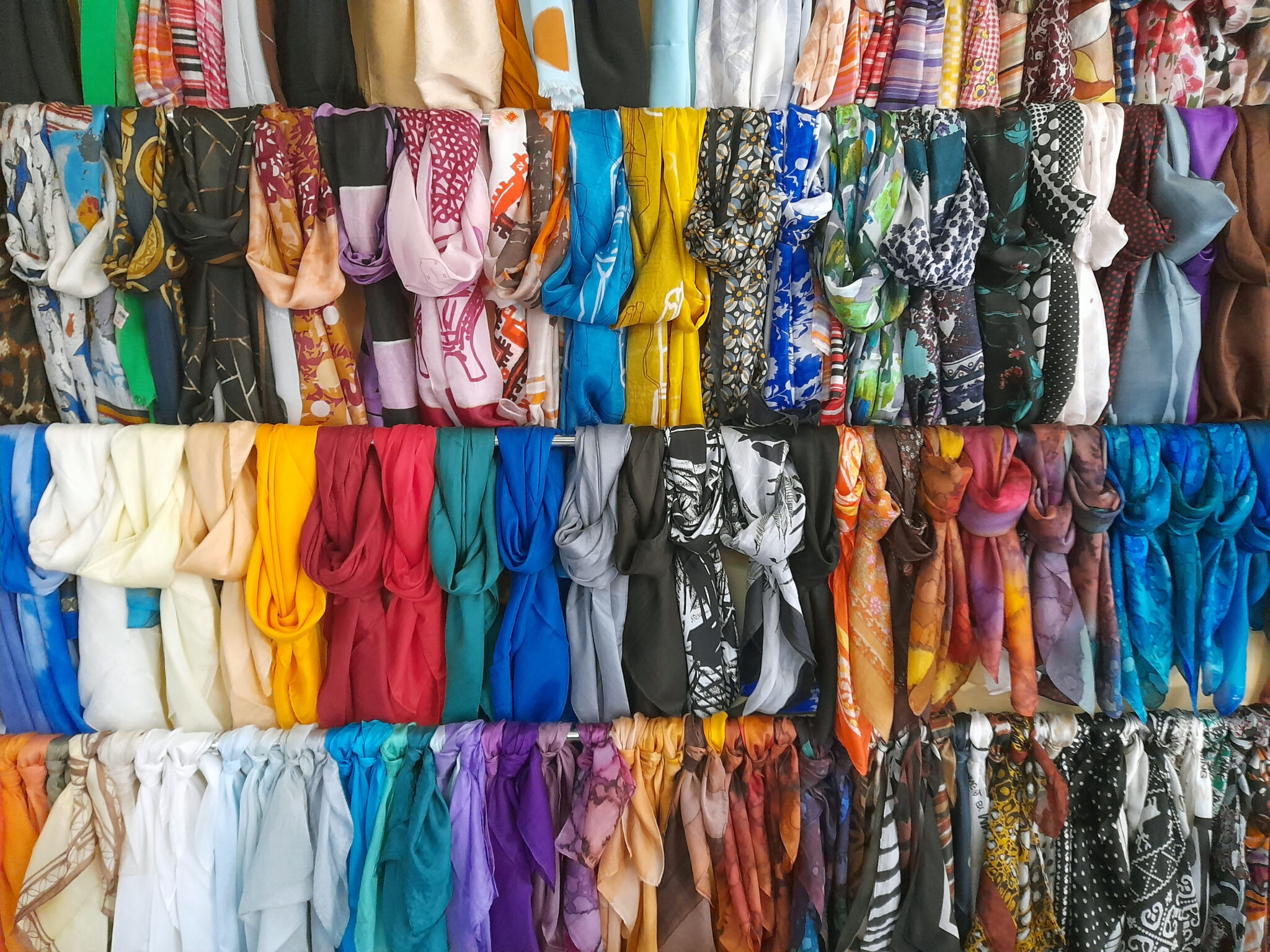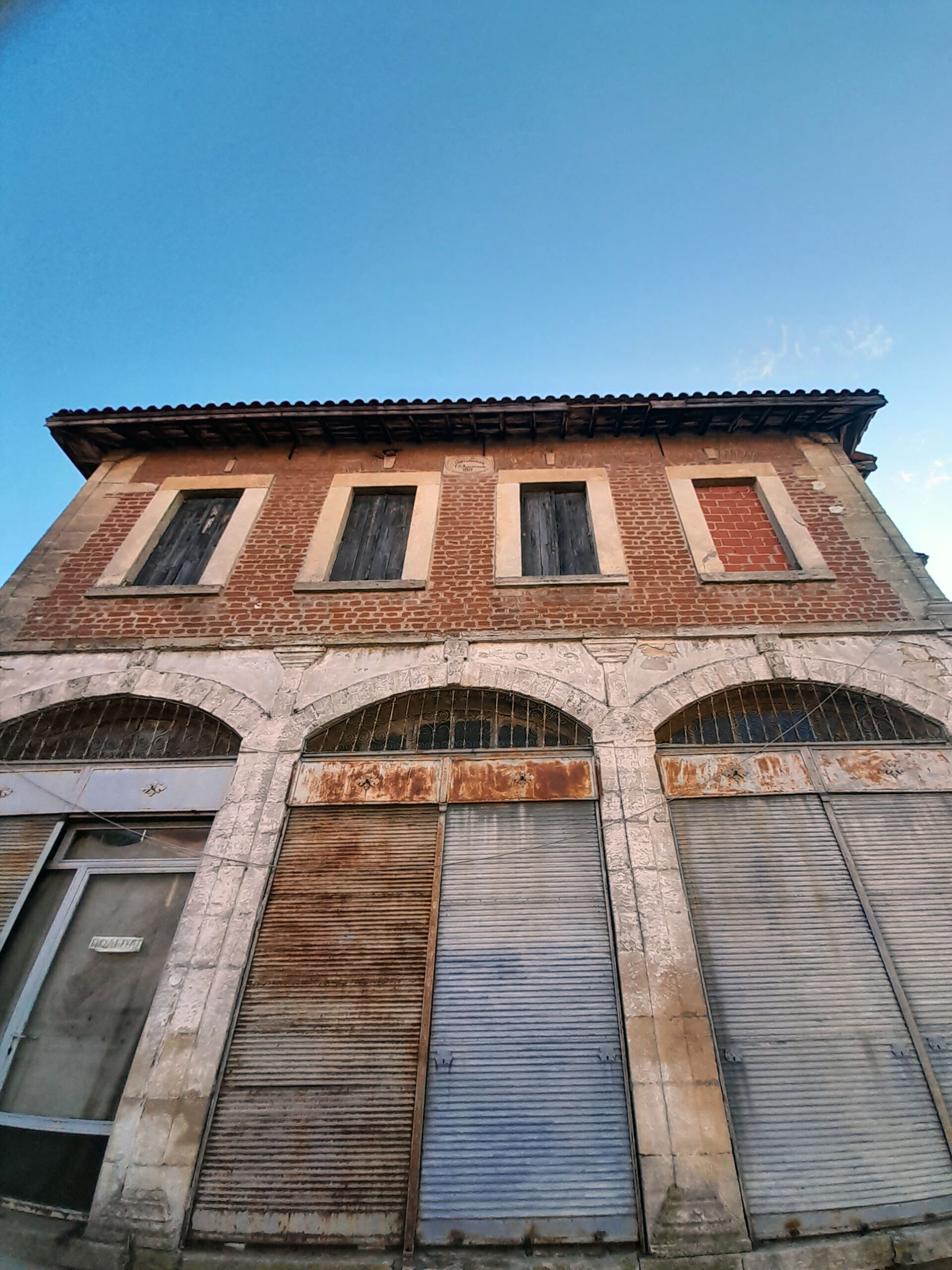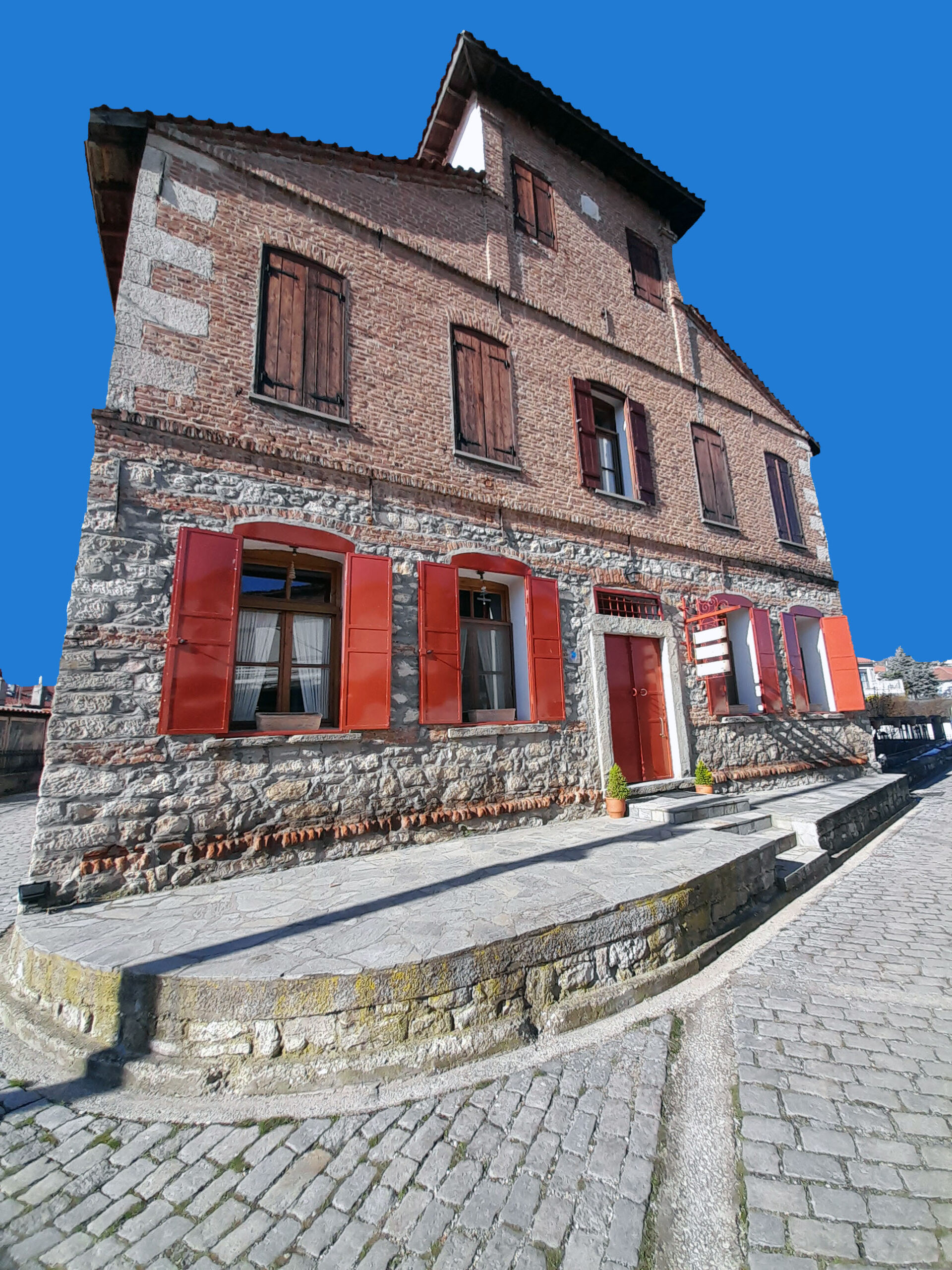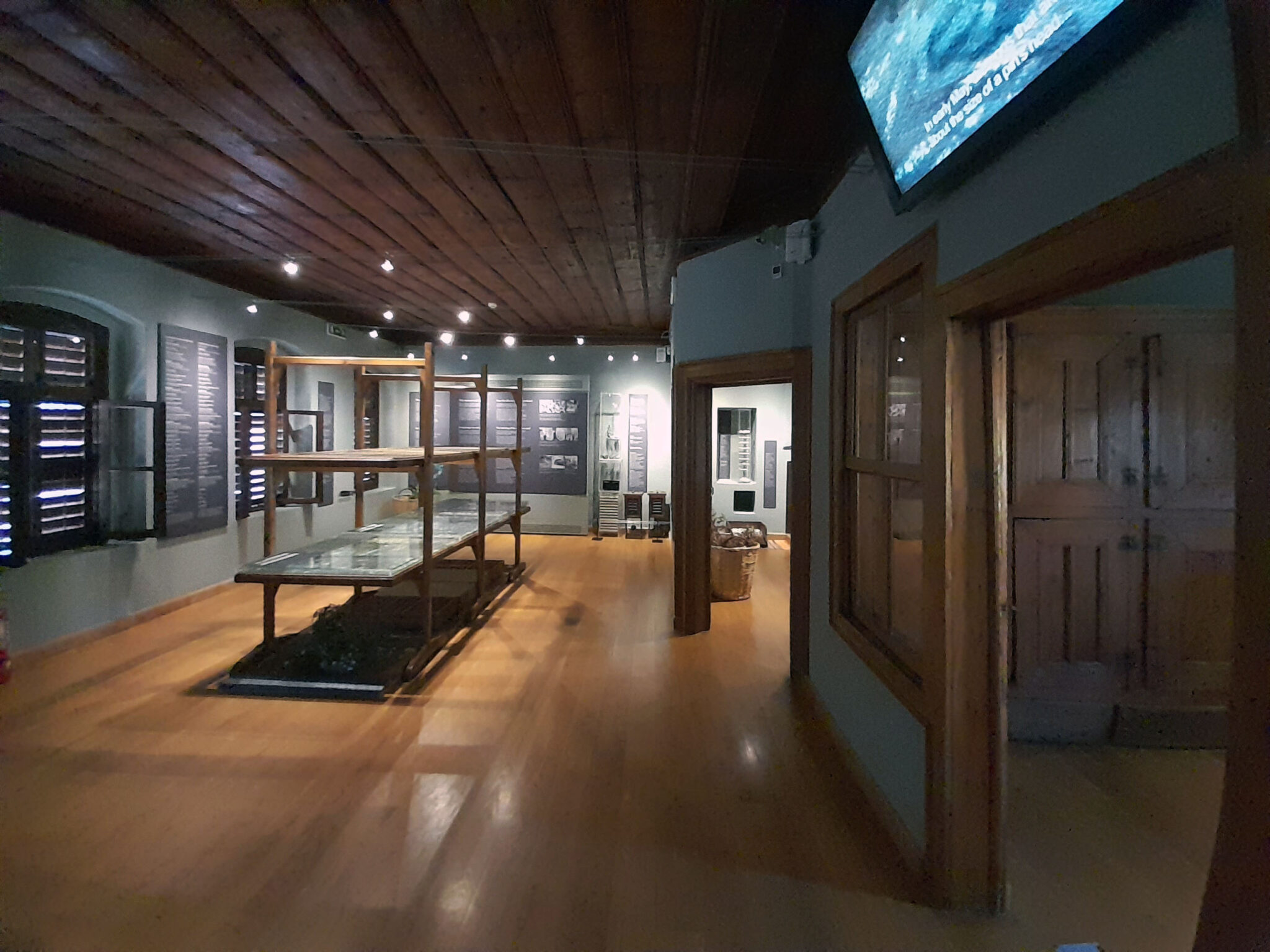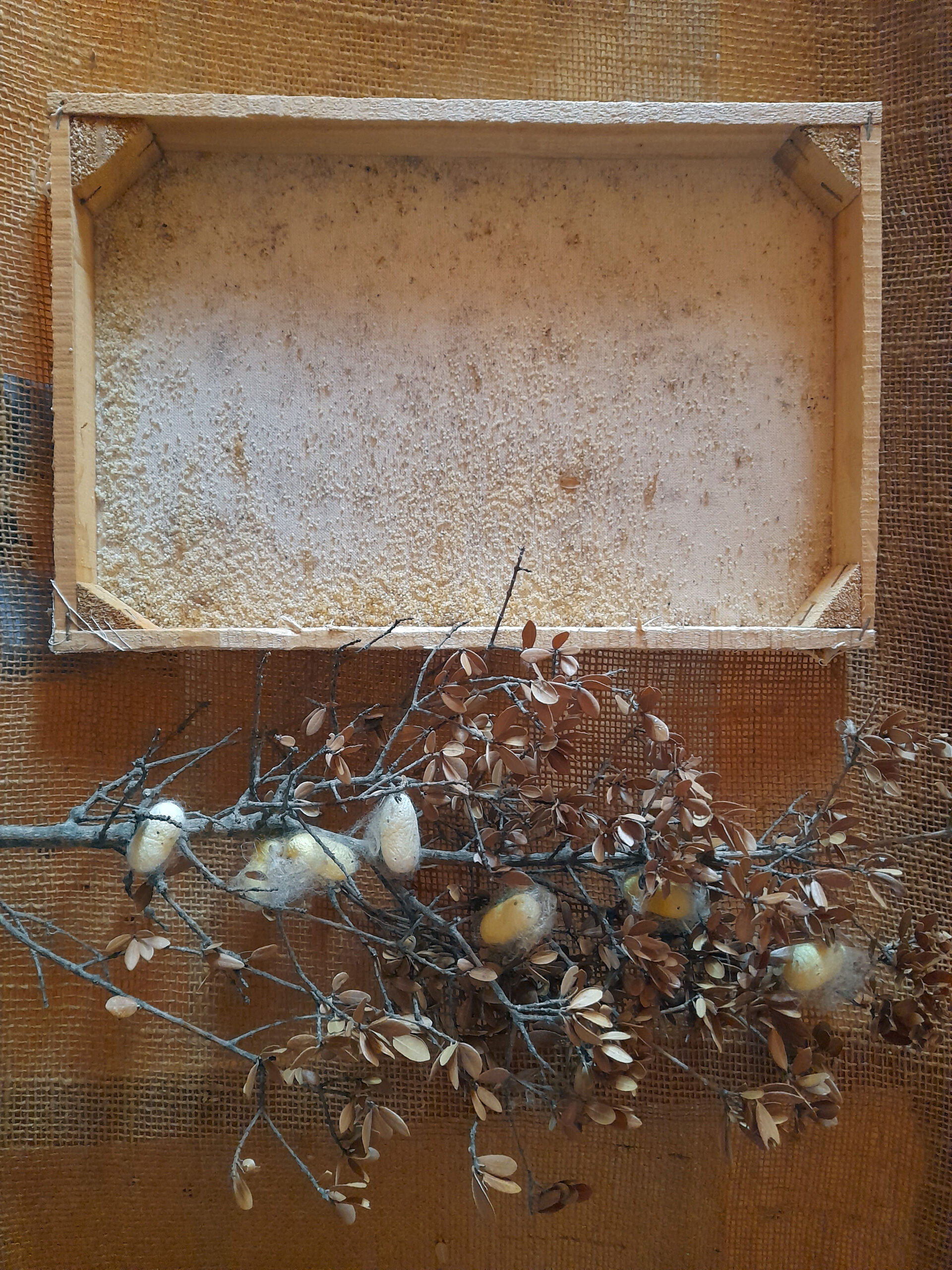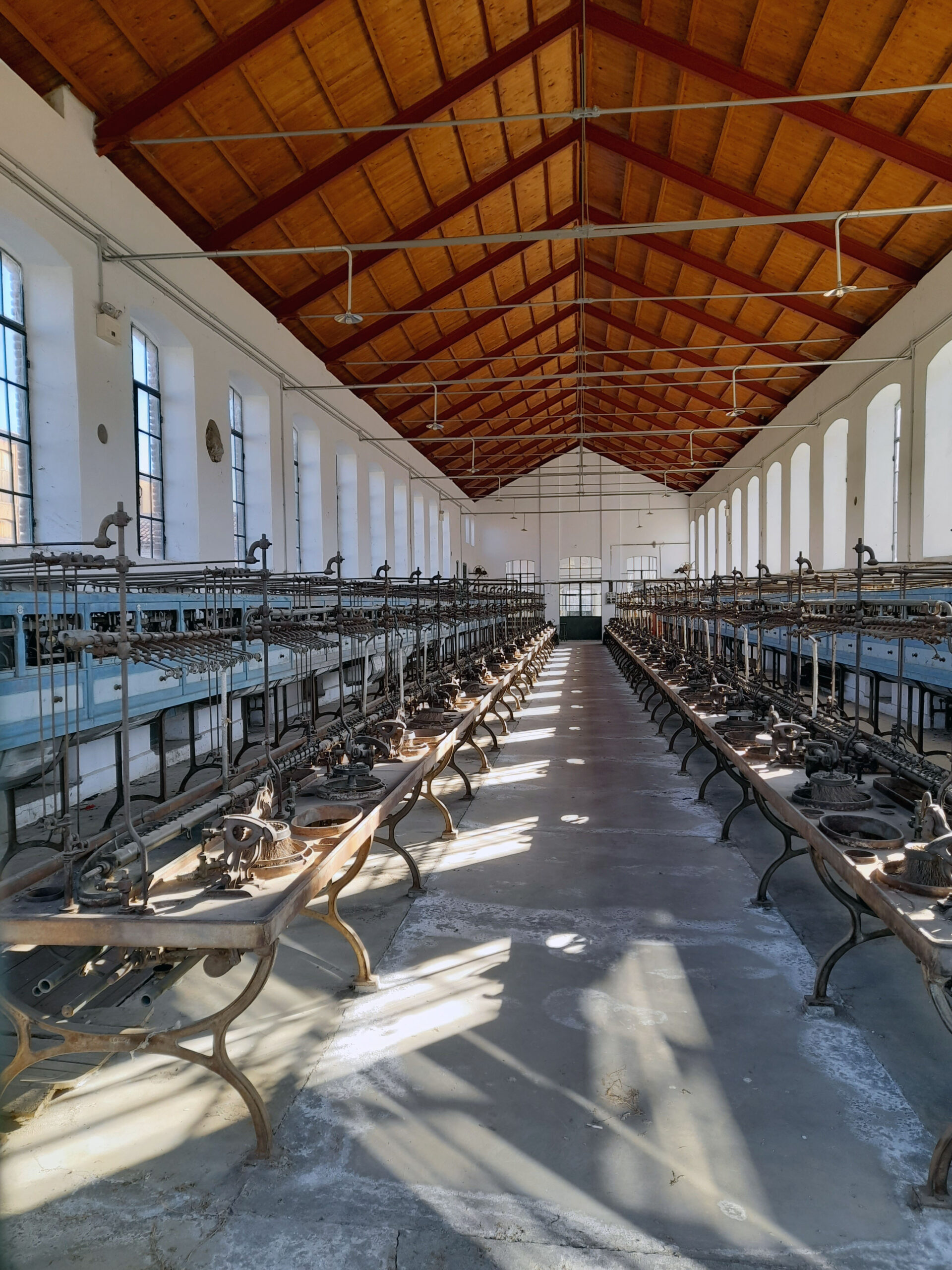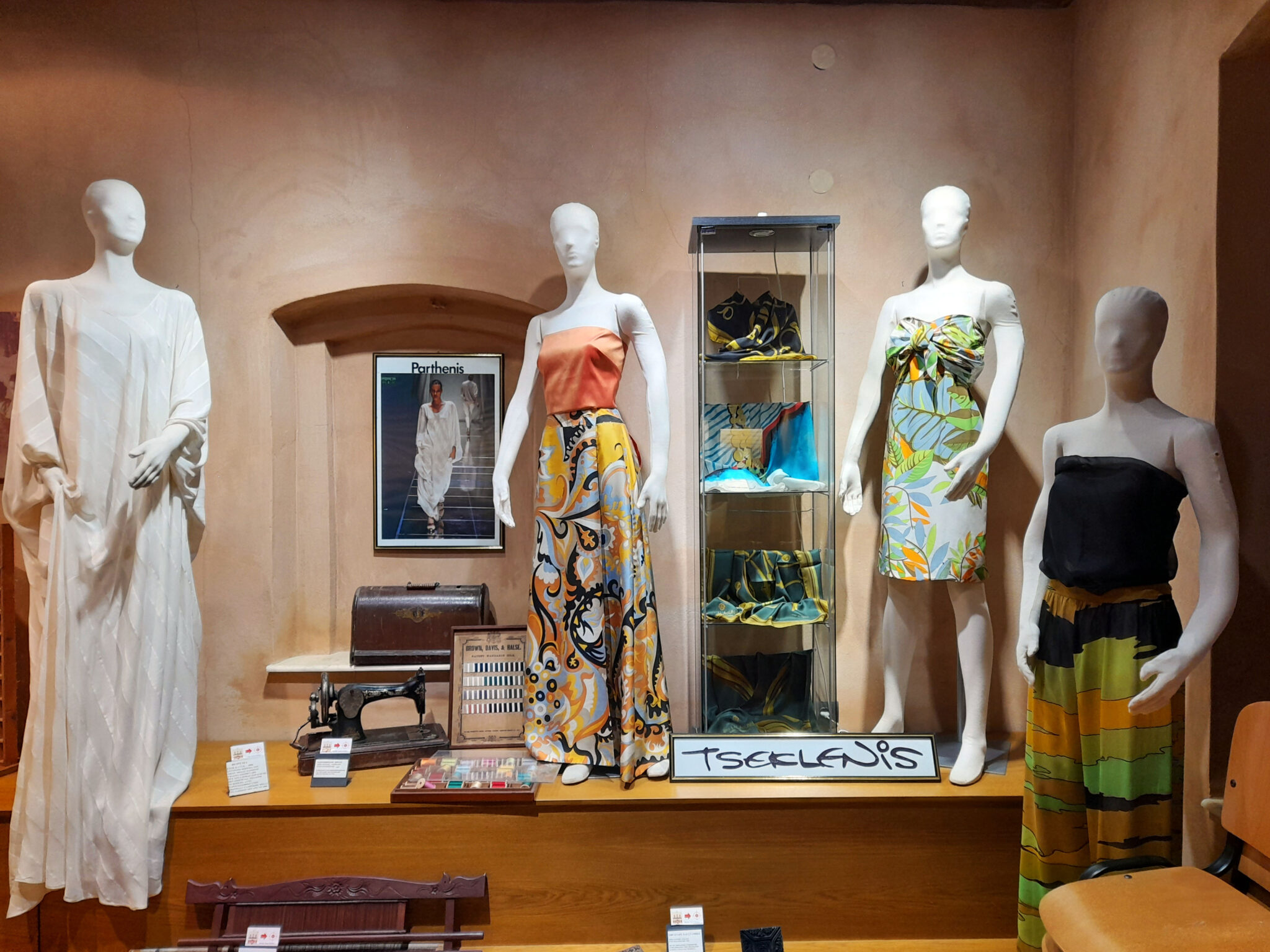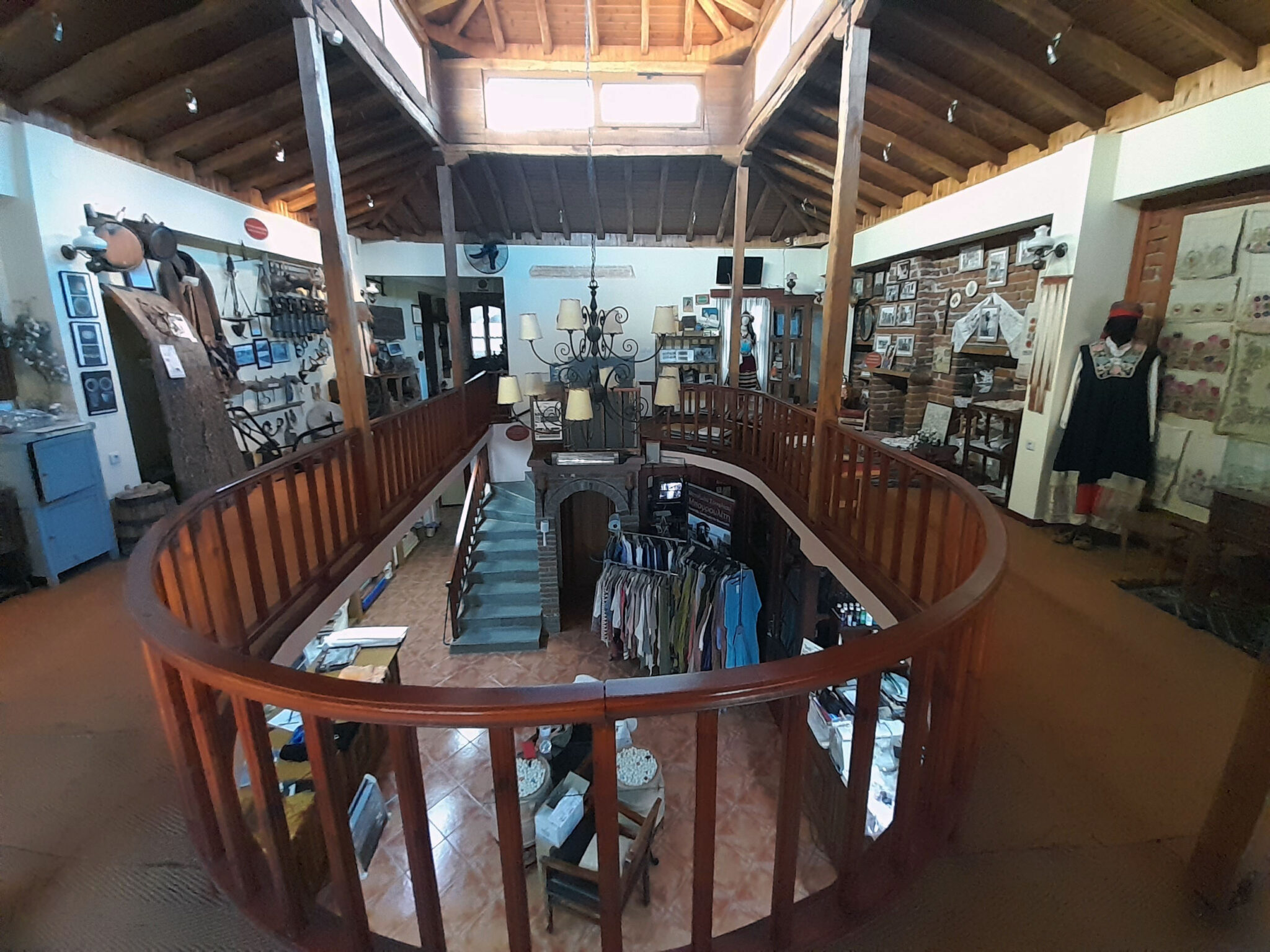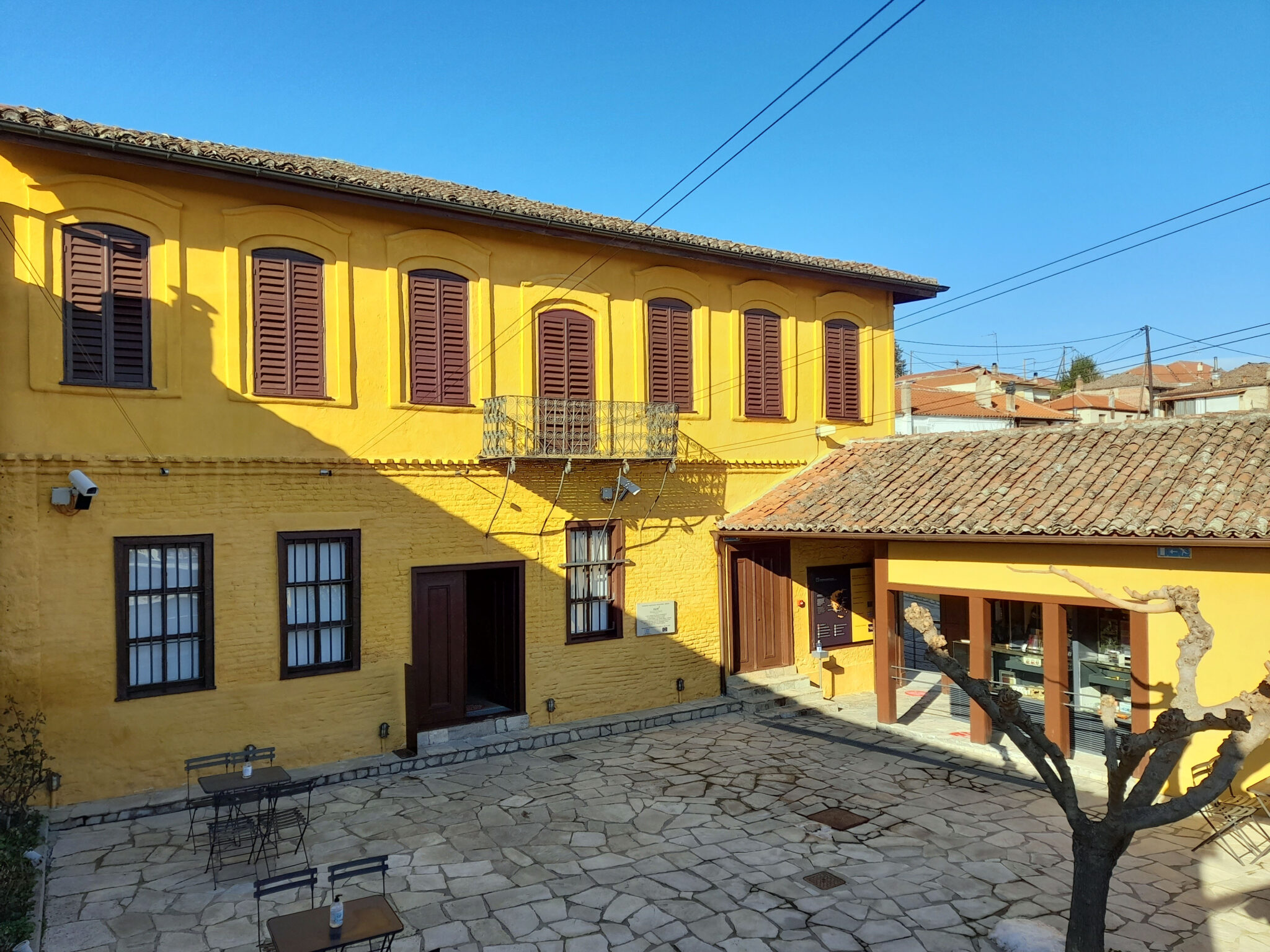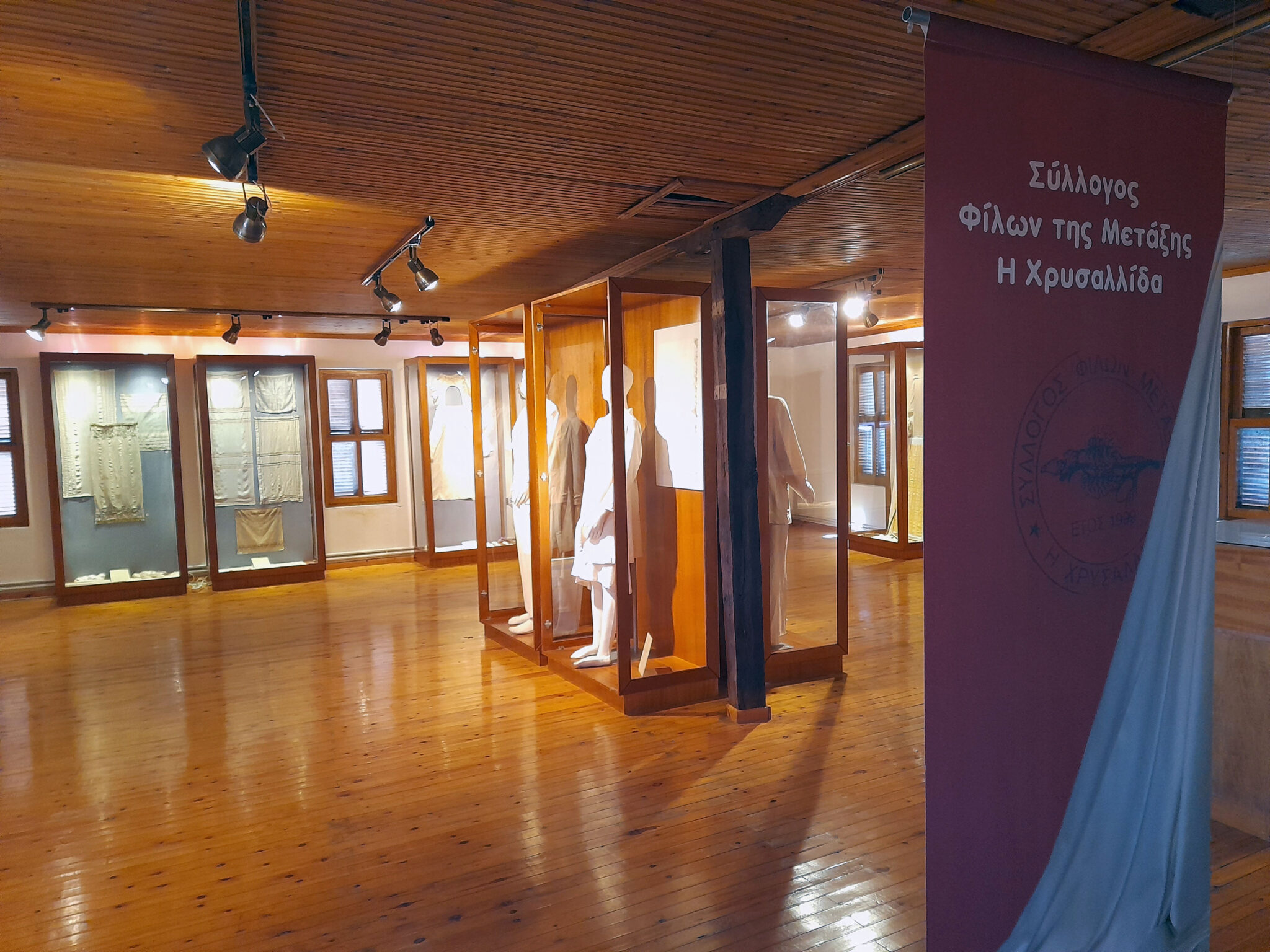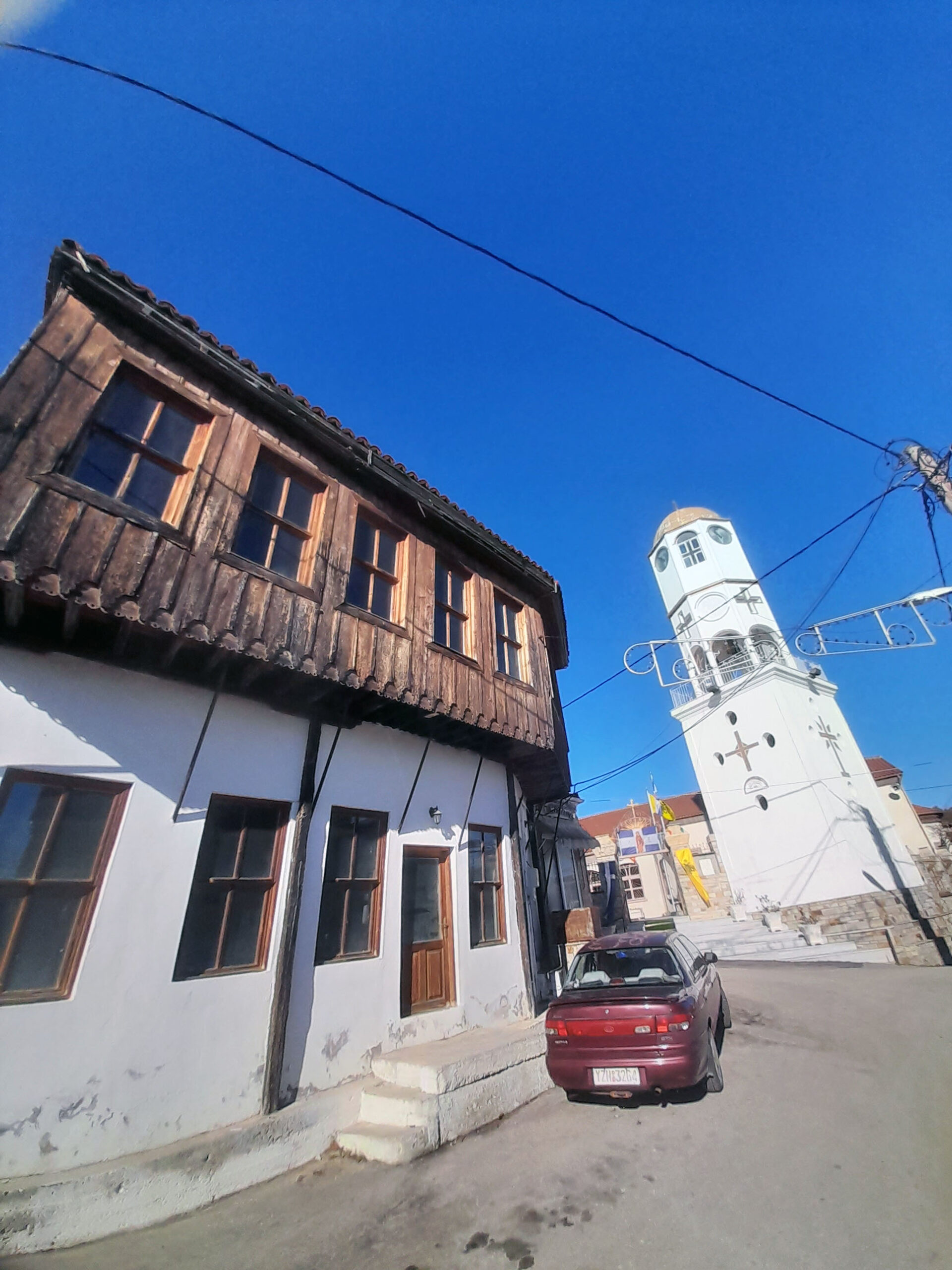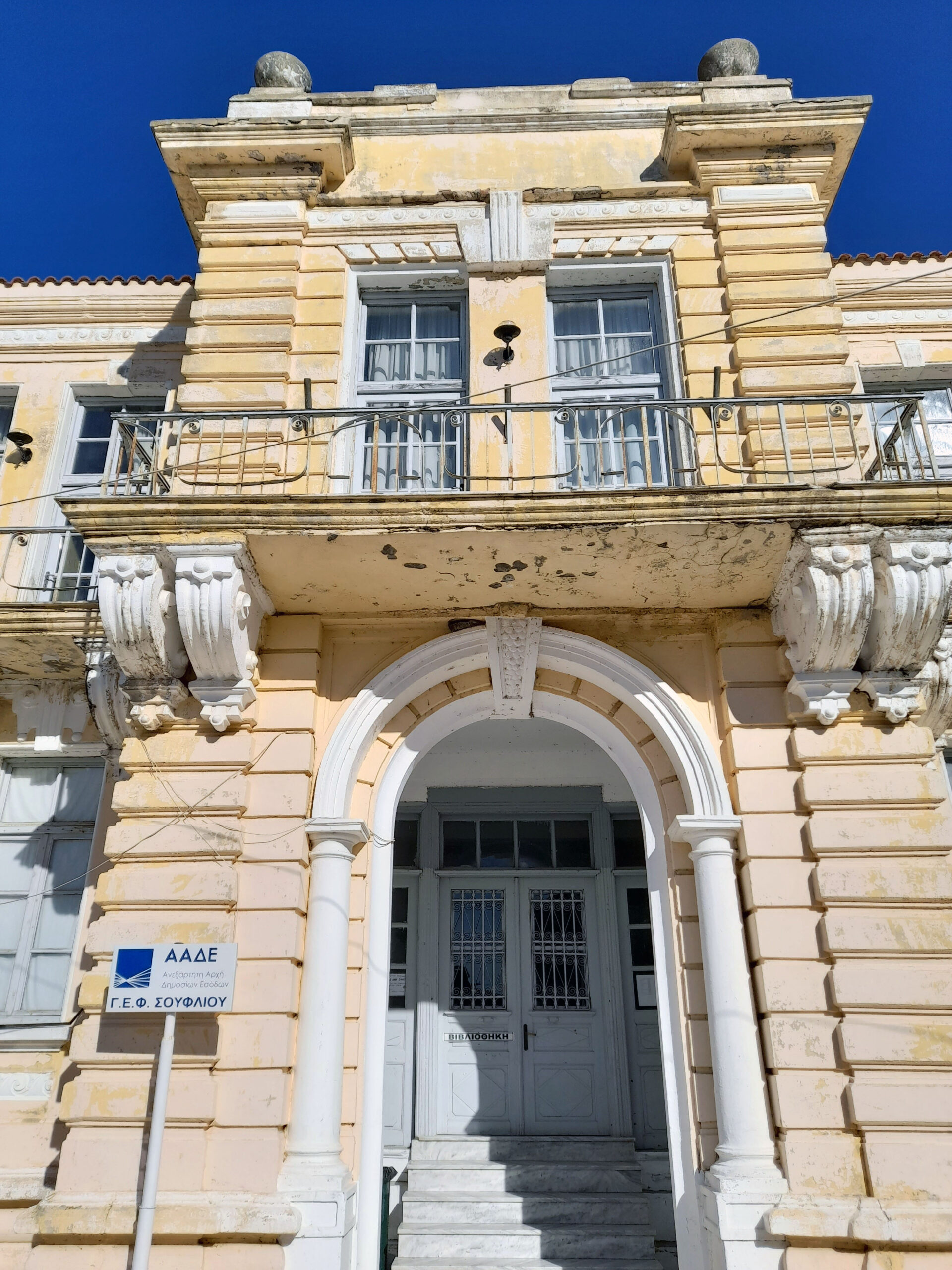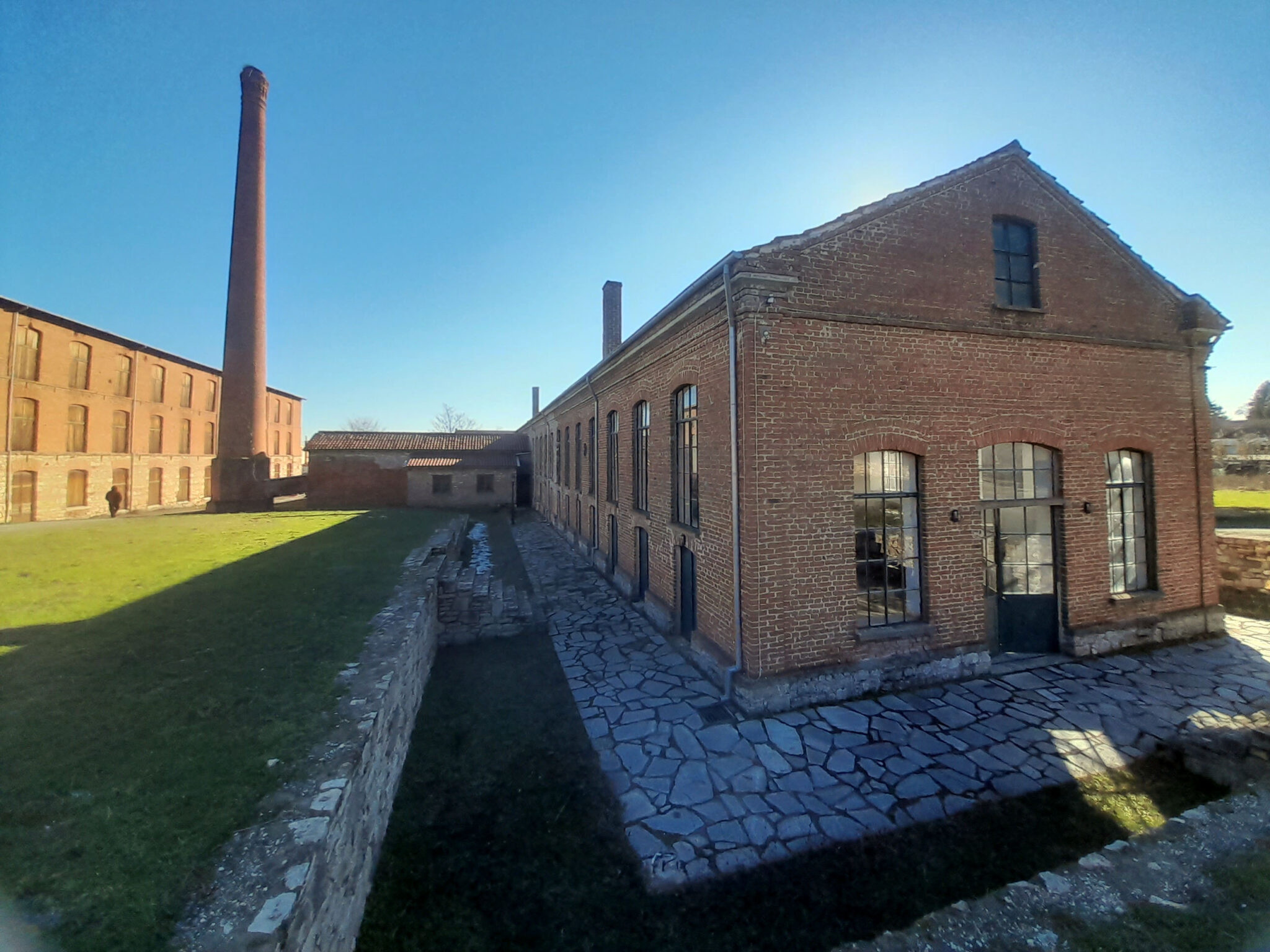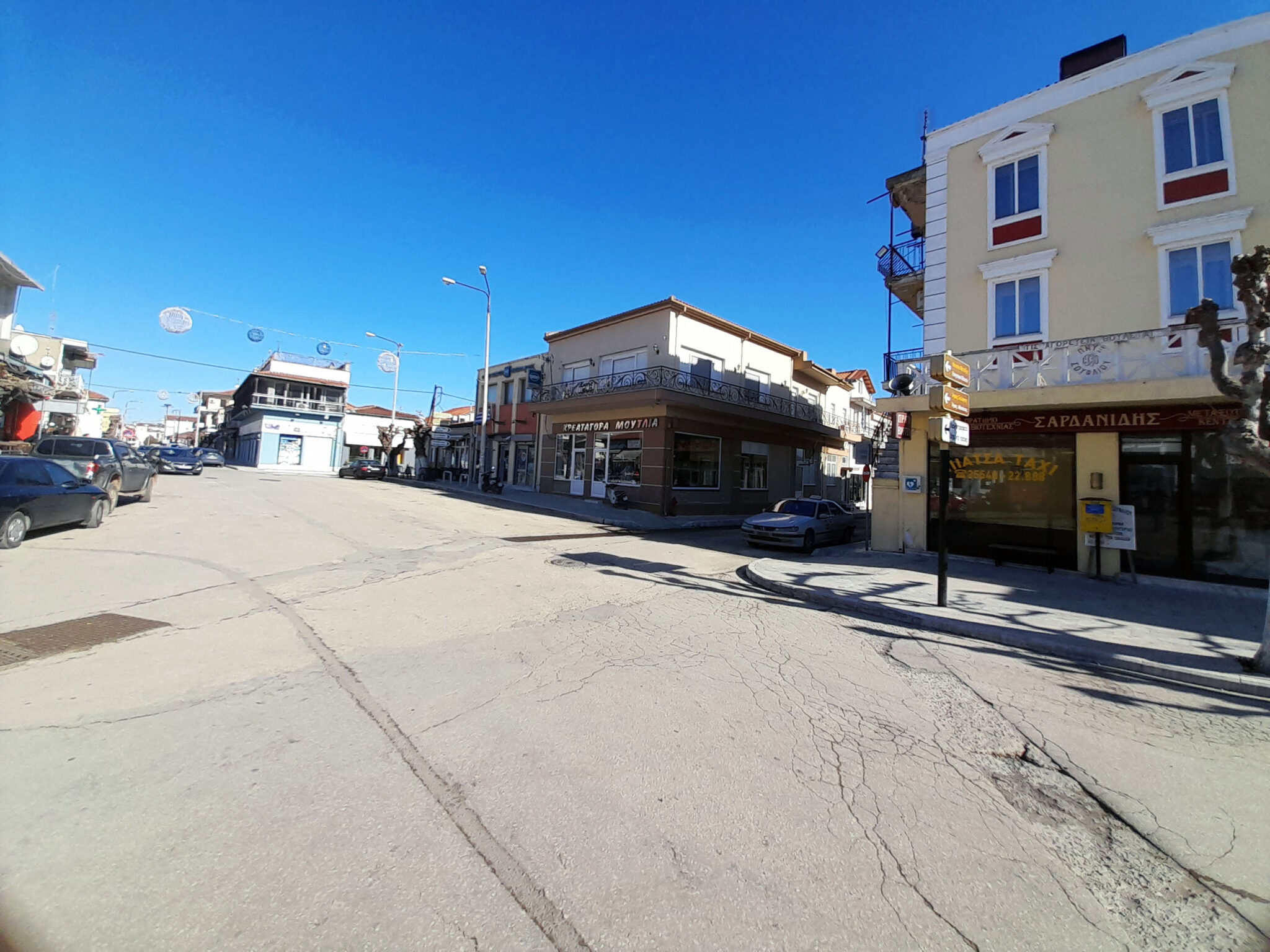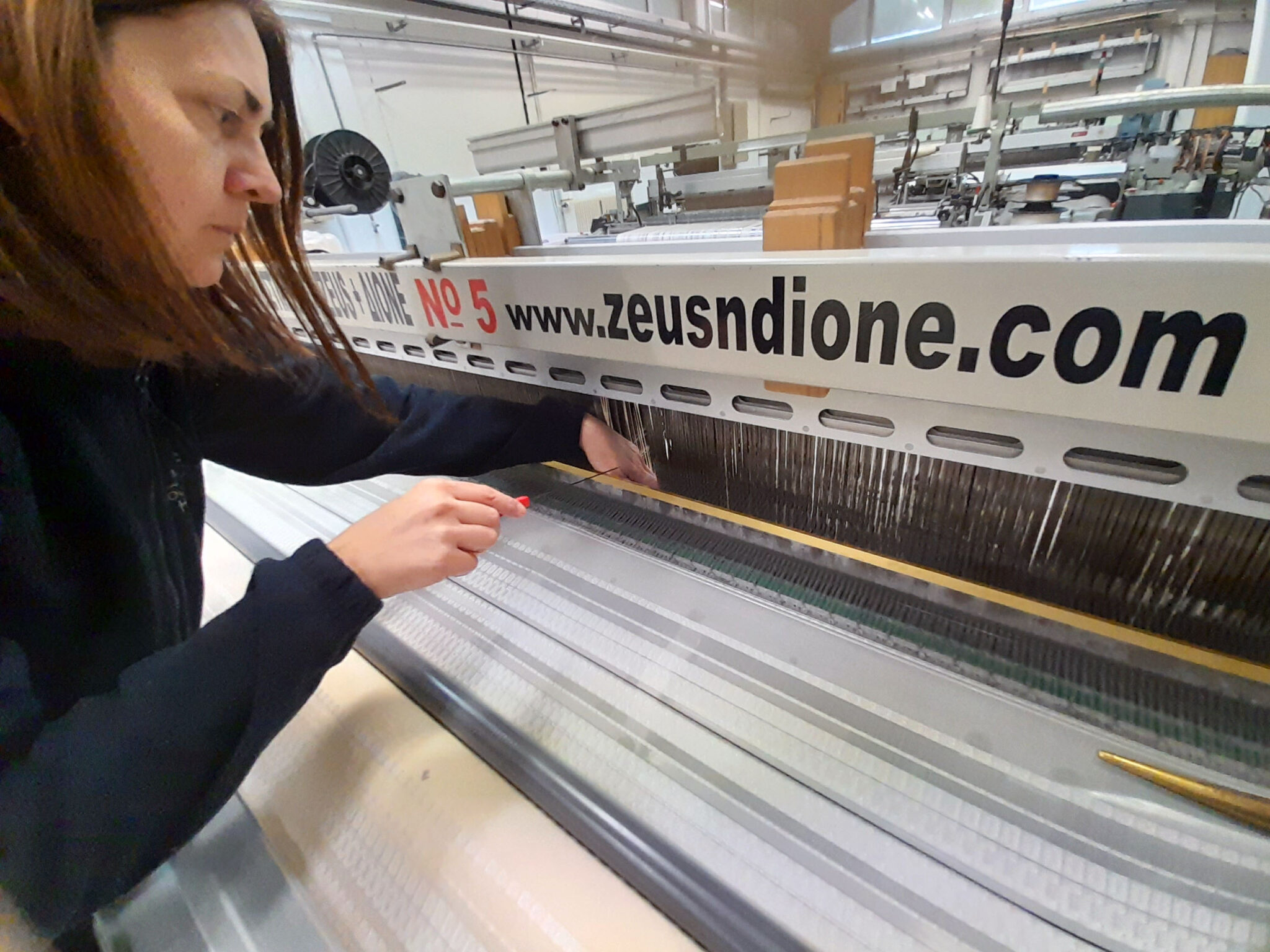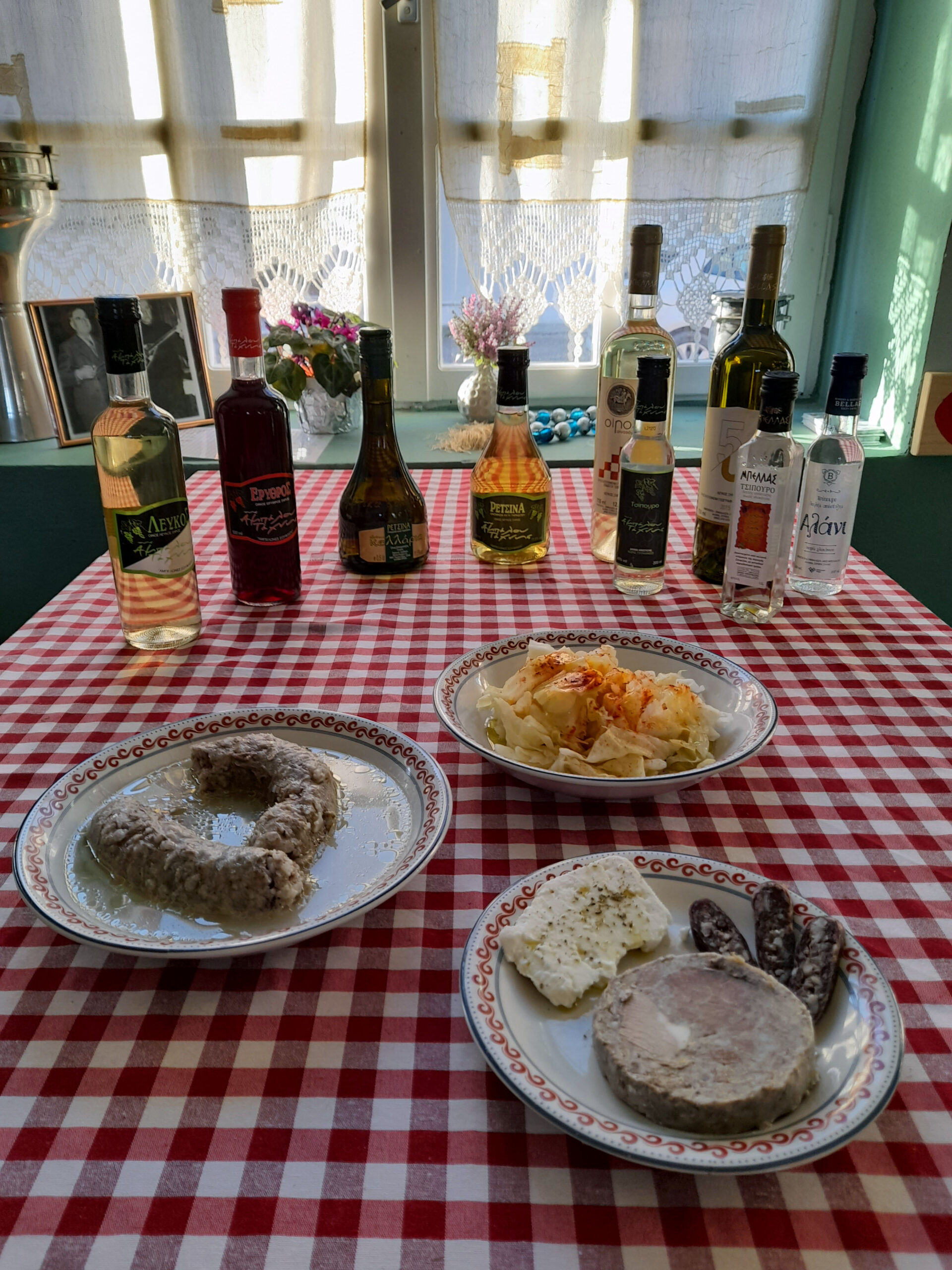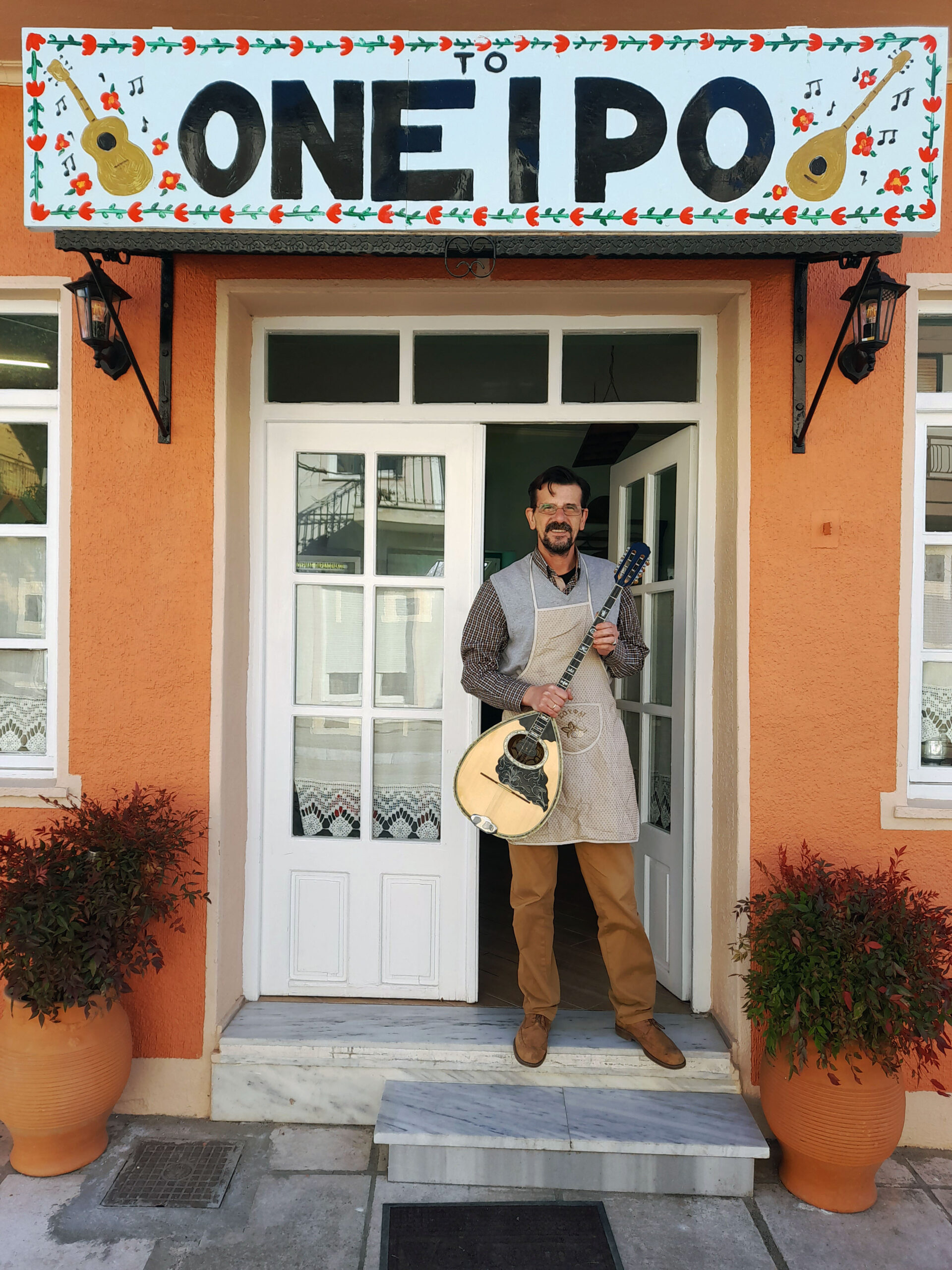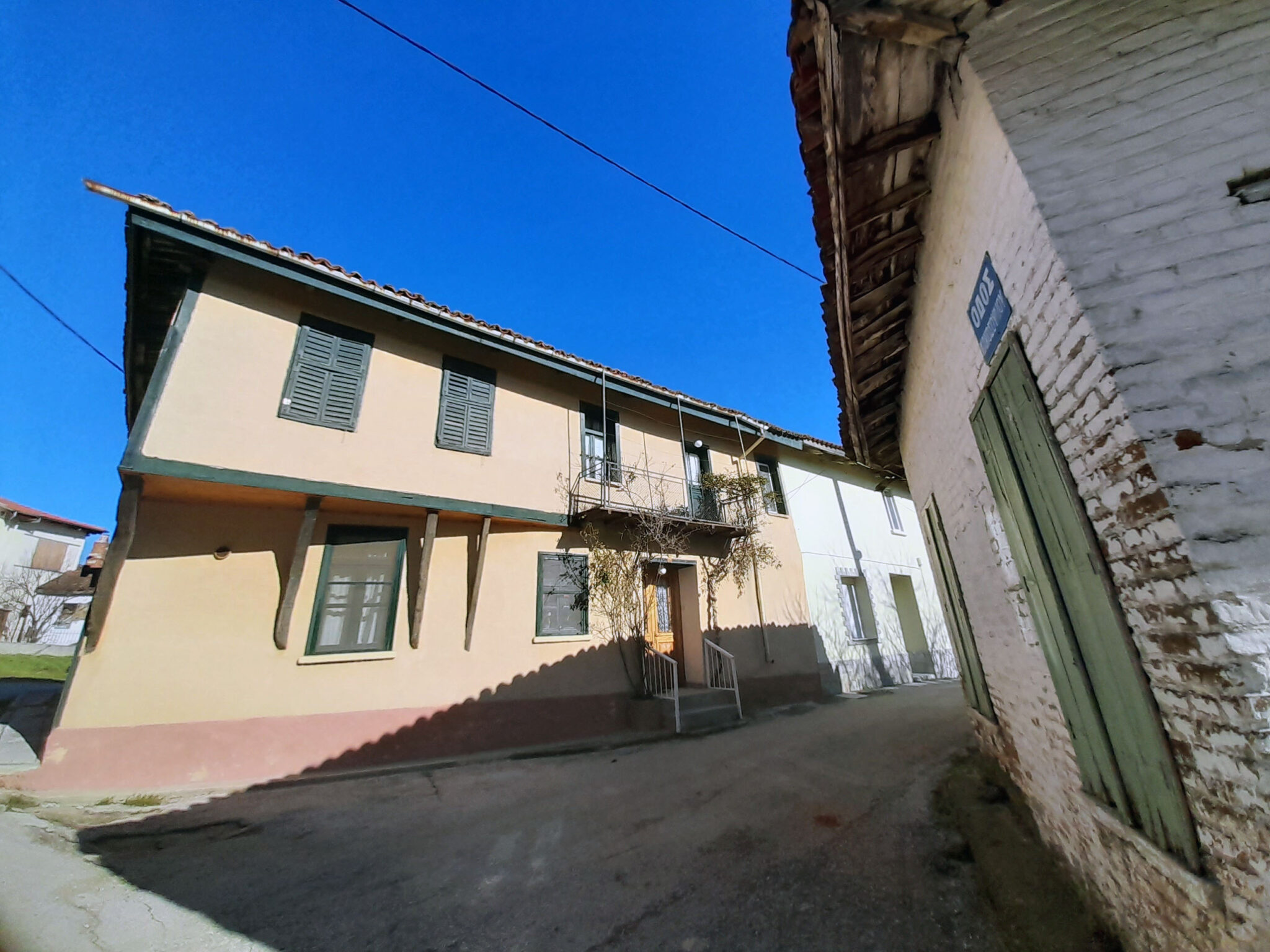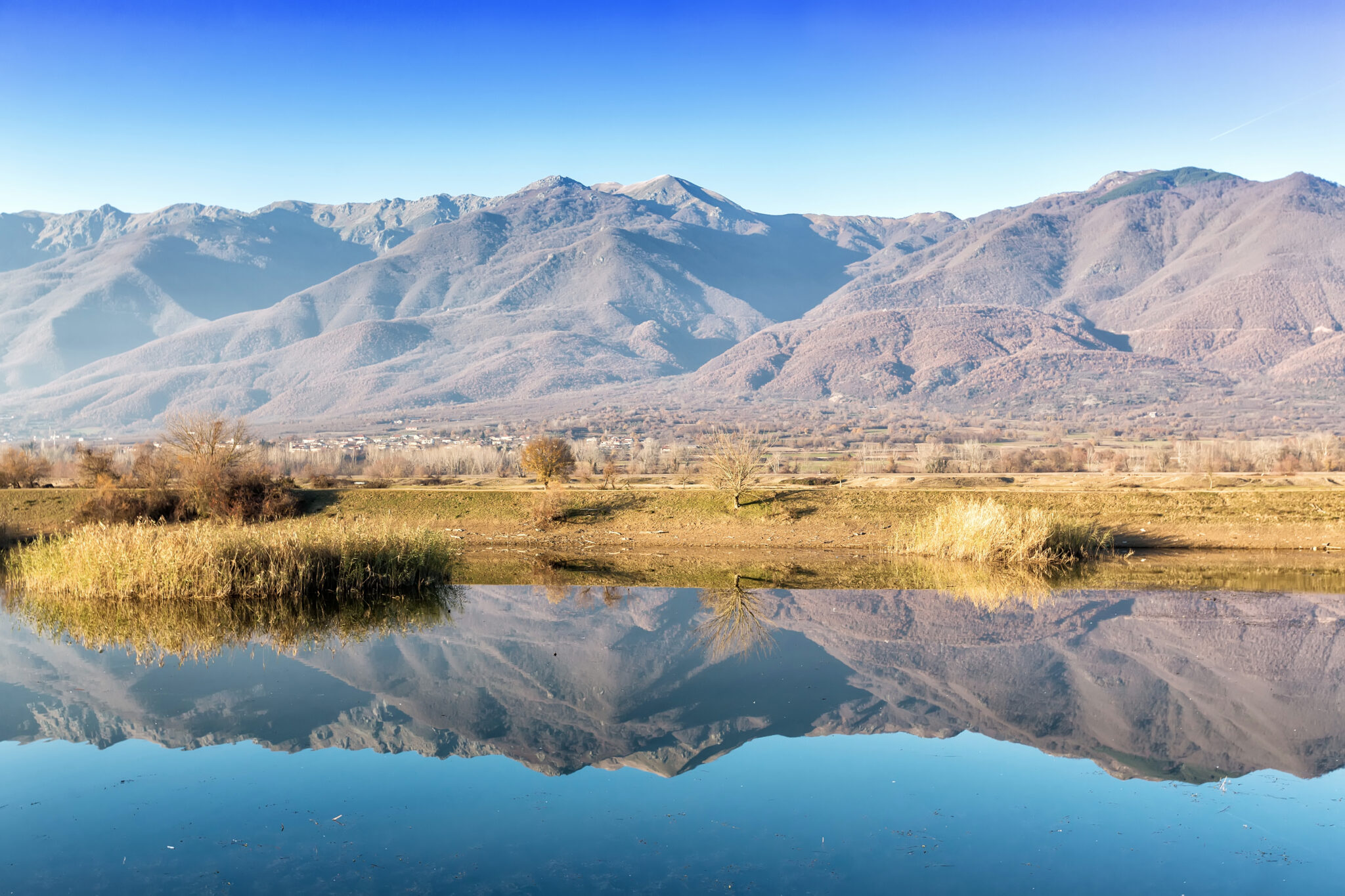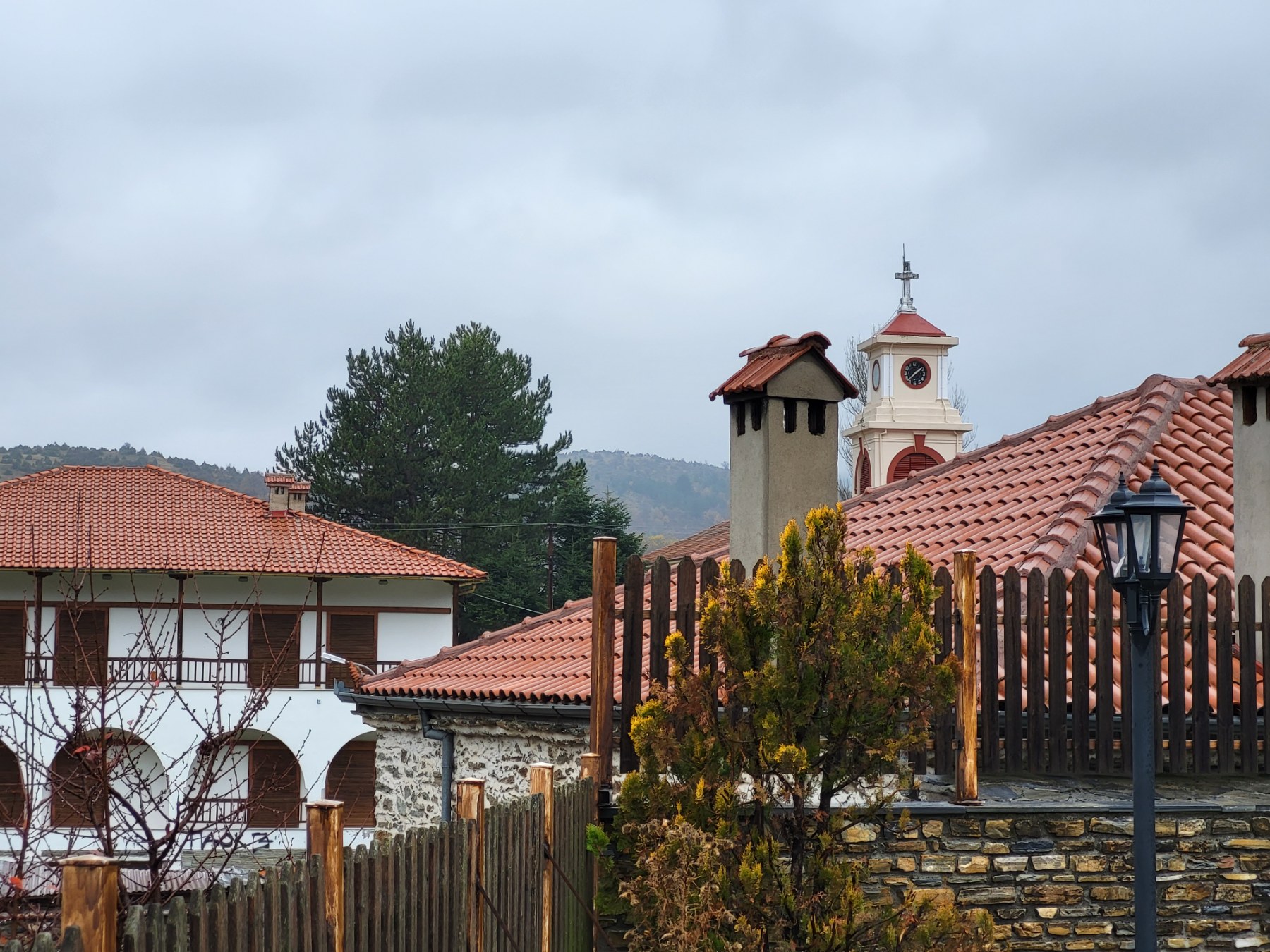For some people, us included, the name Soufli brings to mind images of silk and of remote borders – and soldiers serving there, away from their homes.
However, the recent naming of municipality of Soufli as Best Tourism Village by the World Tourism Organization, intrigued us enough to cover the 856 km (8-hours-and-52-minutes-drive from Athens) distance to get to this beautiful town whose houses are just 500 m away from river Evros and the borders between Greece and Turkey.
It didn’t take us long to realise why this area stood out among the 170 other contenders –from 75 countries– as one of the best “tourist villages” in the world – the municipality of Soufli has done wonders, putting Soufli on the map. On the one hand, Soufli has become synonymous with silk, with silkworm breeding, with processing and promoting the famed Soufli silks, and on the other hand, the area’s rare, unique nature with the Dadia-Lefkimmi-Soufli forest national park and the mountain on the north-western edge, on the borders with Bulgaria, with the picturesque Pomak villages of Evros. When the warm hospitality of the locals is added to all the above, then you too will be tempted to visit Evros soon, and see the beautiful Soufli, for authentic experiences next to the borders, in a Greece that is full of pleasant surprises and waits for you to explore it.
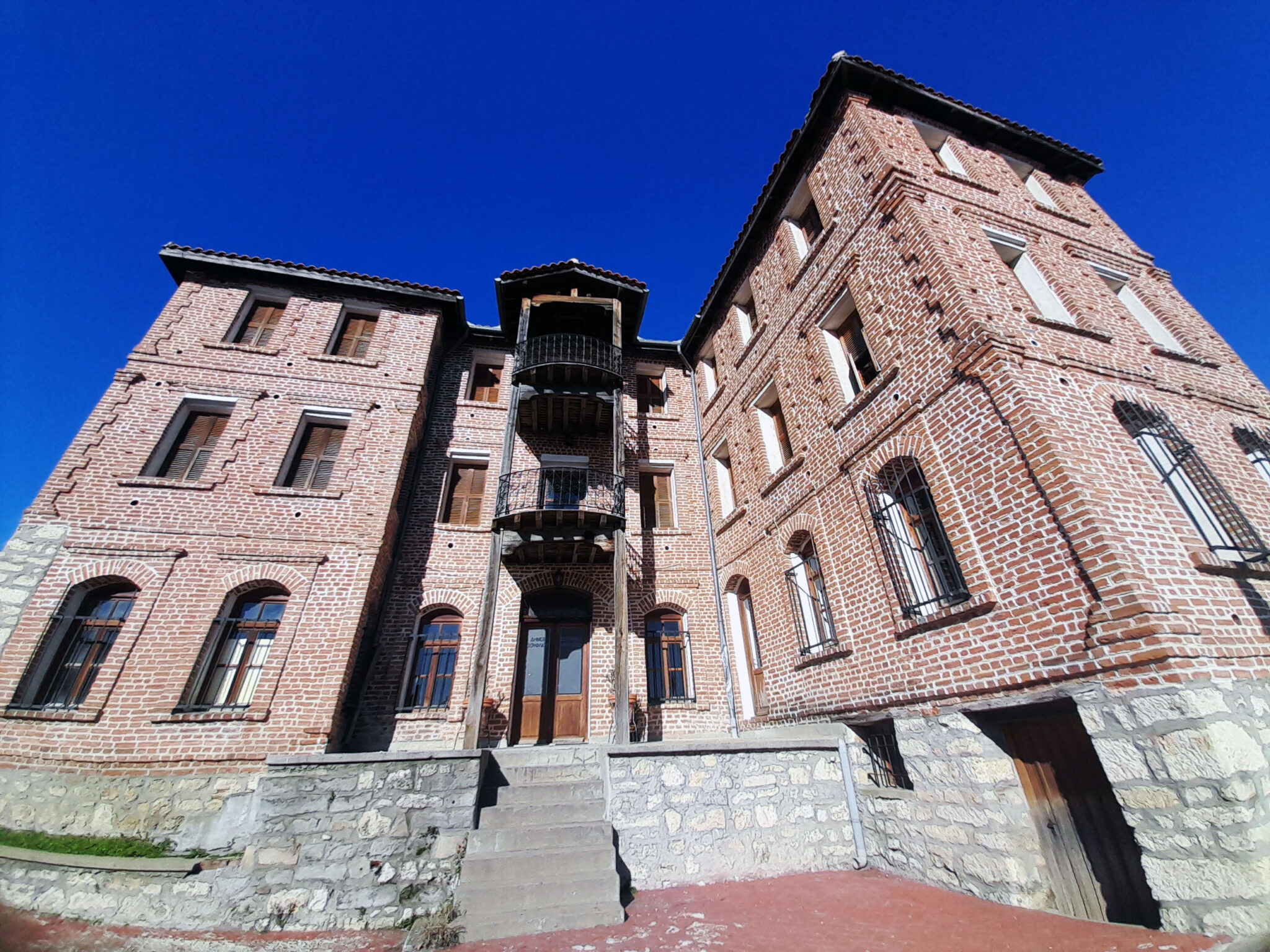
Soufli’s history is long, in 1667, the Turkish traveller Evliya Çelebi mentions it as Sofulu, a central village that did not pay taxes to the Sublime Porte. The rapid development of the town in the end of 19th century started with the construction of the railroad and the sericulture and resulted in the opening of large silk processing factories.
However, a number of factors, with the main being the discovery of the artificial silk fibre resulted in the decline of sericulture and of the silk trade. Today, in Soufli there are many sericulturists among its 3,800 residents, and there are small cottage industries, as well as two larger units that keep the tradition, against all odds, as well as shops that sell silk products.
A town of silk
Soufli stands out for its architecture that goes hand in hand with the silk. The dozens bizeklikia, also known as “kouklospita” (dollhouses), where the silk was grown, the wealthy mansions, scattered around town on the surviving cobbled alleys, a result of the wealth and prosperity of the past, are very impressive. The many museums – mostly about silk –, the tsipouradika (taverns serving tsipouro – traditional pomace raki – and mezze) that are too many for a town this size, the scenic taverns that showcase the local gastronomy all add to the town’s vibe.
Being in this town made of silk – that forms a great part of the land’s history and was the main occupation of its residents for decades – it’s only normal to dedicate a lot of time to it and to getting to know more about the beautiful and magical world of sericulture. No matter which way you look at it, it’s impressive that little worm comes from a tiny egg and goes on to eat 500 kg of mulberry leaves, gains 10,000 times its weight and in the end weaves a 2,500 m long silk cocoon.
A town of museums
The museums and the collections on display in town offer visitors a chance to learn about and understand the impressive process of making and processing silk. Remember that silk is produced in the silkworm’s glands, after it has consumed thousands of mulberry leaves, when it’s in the process of making its cocoon, that will then produce the fibre. This process takes place in the “kouklospita” and lasts 40 days, the period between May and June, each year, when the local mulberries are covered in leaves.
We were introduced to silk and its world at the Art of Silk Museum that is housed in a renovated neoclassical building on the main, Vasileos Georgiou, street, that goes through the whole town, form one end to the other. In the museum’s halls, we had the chance of an immersive experience, seeing all of the stages of silk making, through the machines on display, from the reeling of the filaments, the processing of the silk to the weaving. There are also silk creations by Greek designers on display at the museum. The museum is a labour of love and passion by its creator Giorgos Tsiakiris, the owner of the silk brand of the same name that has been in operation for 60 years. (Tel. 0030 2554022371 / www.silkmuseum.gr)
A bit further down the street, at the beginning of Eleftheriou Venizelou street, you’ll find the Soufli Folklore Museum – Gnafala owned by the Bouroulitis family. “Gnafala is the first thread that the silkworm spreads to make its cocoon. The museum is housed in the attic of the Bouroulitis silk processing unit, where, apart from the displays we also saw the production process of handmade textiles and embroideries made of silk live. Apart from the rich folklore collection that presents the social, cultural and economic development of the town, the museum also presents the history of silk by breeding silkworms between May and July. (Tel .0030 2554024168/ www.bourouliti.gr)
Going up Eleftheriou Venizelou street, with the many “kouklospita” and the old mansions on both sides of the street, we reached the Silk Museum of the Piraeus Bank Group Cultural Foundation (PIOP) network. The museum is housed in the impressive Kourtidis mansion, dated 1883, and shows all phases and every step of pre-industrial silkworm breeding and silk processing. On the first floor, where the sericulture “krevata” / frame is, we learned about the traditional way of growing silkworms and how we get the cocoon and the silk starting from the egg and the worm. (Tel: 0030 25540 23700 / www.piop.gr)
Continuing eastward, we reached the imposing three-storey Brikas mansion, a landmark of local architectural history. It was built in 1890 to house the wealthy family, as well as their silkworms, while it had storage space for the cocoons. In 1991, the building was bestowed to the municipality of Soufli, and for the past years it houses the Public Folklore Museum, the Public Gallery and the collection of objects and tools of the ‘Chrysalida’ Silk Association, that are related to sericulture and silk.
A bit further up, following Agiou Athanasiou street, we reached the Karkatsilia neighbourhood, with the Agios Athanasios church built in 1848. Only a little bit of light gets through the church’s small windows creating a mystical atmosphere, while the wooden altar is impressive. During the Ottoman rule, the French consulate was housed in a traditional house with a wooden mezzanine, just outside the church.
We continue our tour on the narrow, cobbled streets with the gorgeous “kouklospita” – many of which are unfortunately now abandoned–, the beautiful mansions and the public buildings like the former Girls School (1882) that now houses the cultural association “Anemi”. The church of Agios Georgios, the patron saint of the town, is a bit further uphill, and has an invaluable wooden altar dated at 1861. The public library is housed in an interesting neoclassical building built around 1870-1880, that used to be the French Customs office and then the town’s old high school.
We completed our introduction with Soufli and silk by visiting the imposing Tzivre silk factory compound at the town’s entrance. It was built in 1910 by the Italian architect Ceriano and was the main industrial compound in the area for decades. It consists of 13 buildings, including the reeling, the drying and the looming halls, with the three-storey cocoon warehouse – with wooden beds/frames on all floors – standing out among them. The Soufli municipality aims to turn into a Technological Museum and an events space.
In the town’s centre we found stores selling silk products (embroideries, textiles, clothes, accessories etc) – and of course we bought some. The citizens of Soufli really make works of art from silk.
Traditional products that stand out
The town is also known for its wine, its tsipouro and its traditional cured meats, mainly sausages, kavurma, and babo – that is considered the best traditional Thracian delicacy. We also find local dairy and apiculture products, as well as great dried nuts. You can find more info about all local products on the municipality’s website(www.visitsoufli.com).
Accommodation and food
When in the town of silk, we couldn’t stay anywhere else than in a 19th century kouklospito that has been turned into a beautiful and warm hotel. When you’re inside the hotel, in the spaces that used to house be the krevata/frames for the silkworms, it’s like you’re taking a trip back in time. Beautiful, well-kept spaces that offer comfort and relaxation to visitors. The owners’ hospitality and the familiar vibe made us feel right at home. If you’re ever in Soufli, “Koukouli” is a perfect base to get to know the area’s sights and beauty. (Tel. : 0030 2554022400/ www.koukoulihotel.gr)
We tried local delicacies (pickled cabbage, dried sausage, local feta, kavurma etc) while listening to live music at the scenic meze tavern “To Oniro” (Tel.: 6978532050) while we got to know Soufli’s cuisine with the unique dishes served at the tavern “Bereket” (Tel. : 00302554023233) using local meats and charcuterie (you must try the kavurma saganaki – traditional way of preparing a dish in a small frying pan using tomato sauce, often spicy, or grilled) and the beef tongue) Soufli’s gastronomy is a chapter on its own, and we will soon present it to you in detail.
Soufli on the map
Soufli is 856 km (8-hours-and-52-minutes-drive) from Athens and 359 km (3-hours-and-42-minutes-drive) from Thessaloniki. The nearest airport is Dimokritos airport in Alexandroupolis (58,8 km /44-minutes-drive).
We’re not done with Soufli. In the second part of our feature, we’ll learn about:
- The unique Dadia-Lefkimmi-Soufli forest national park, that is one of the most important protected areas in Greece and abroad.
- The mountainous Pomak villages of Evros, with the unique Tekes of Roussa, a religious centre of major importance for Alevite Muslims, the dolmen -megalithic tombs and the prehistoric rock paintings.
- The fossil forest of Lefkimi-Fylakto and the surprising collection of Zaharias Boubopoulos.
- The Dobra’s family unique Bread and Wheat museum in Lefkimi, in an old restored farmhouse.
- The artificial lake Tiheros that aims to become a top ecotourism centre, as well as the local products, with top among them the renowned melon “Hrisi Kefali” (golden head)
(To be continued)
Info:
Read also:
For ouzo and fresh fish in Nea Lampsakos, a beautiful small town 80 km outside Athens



